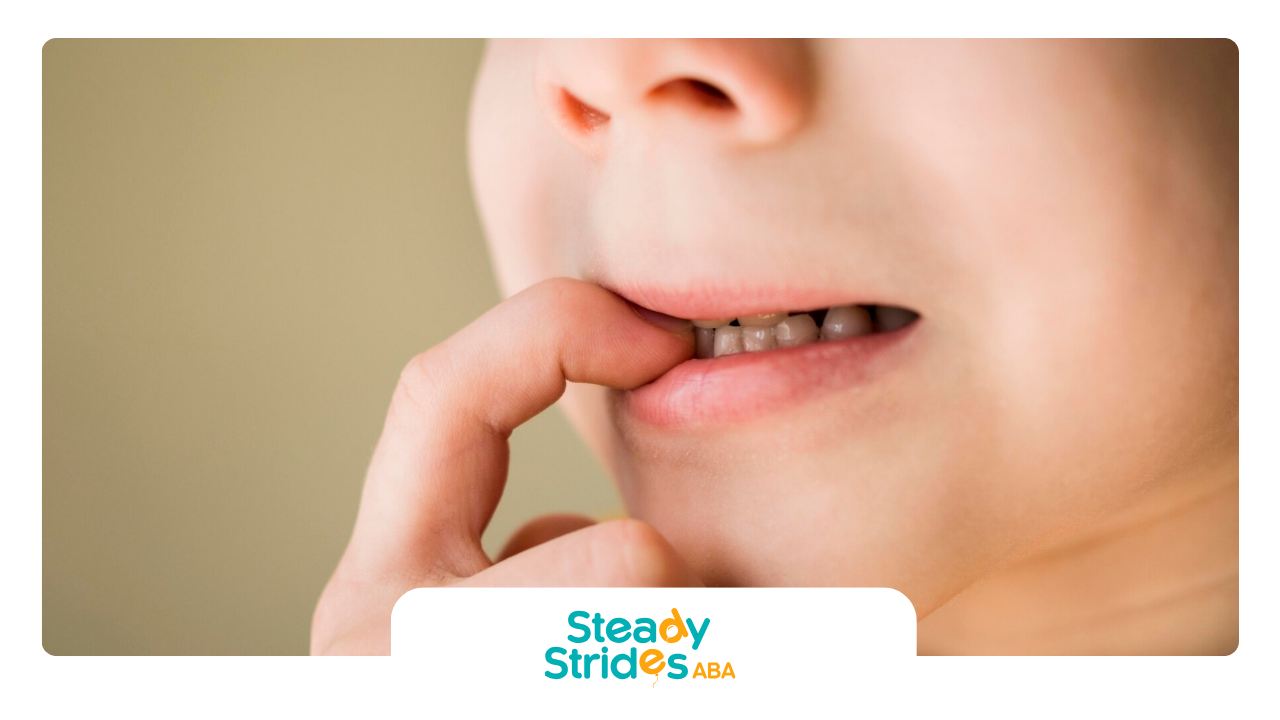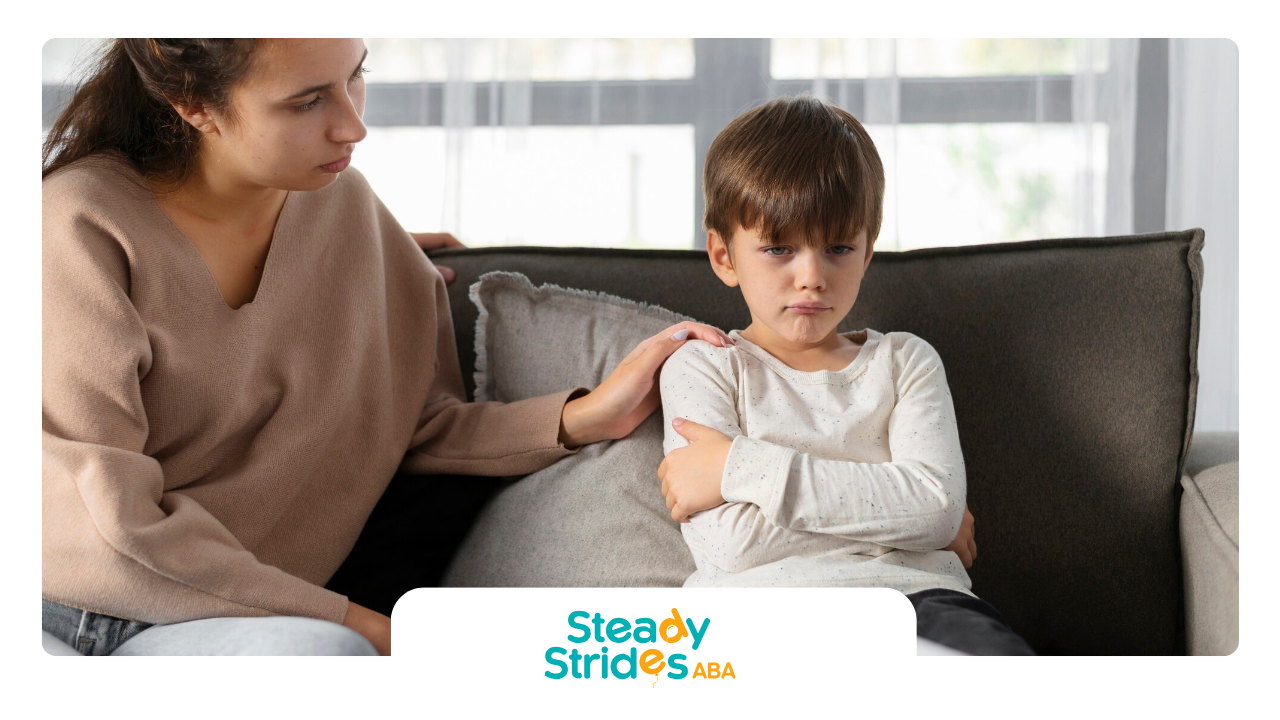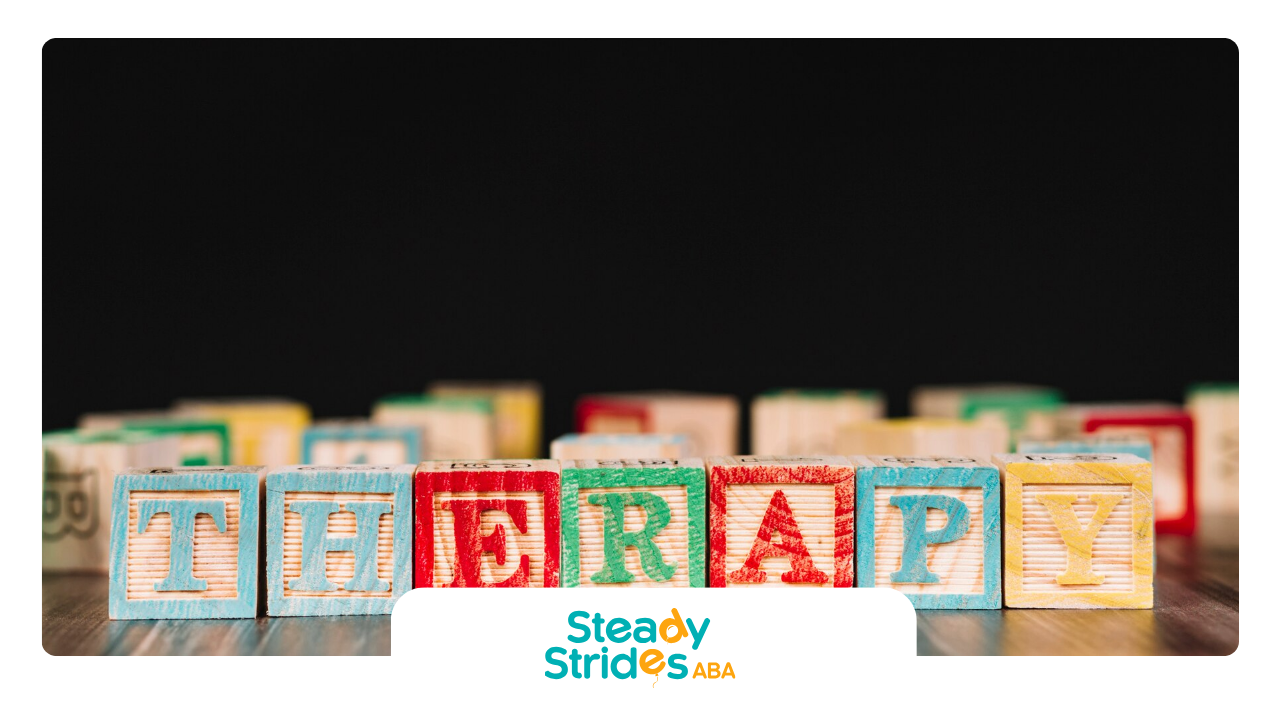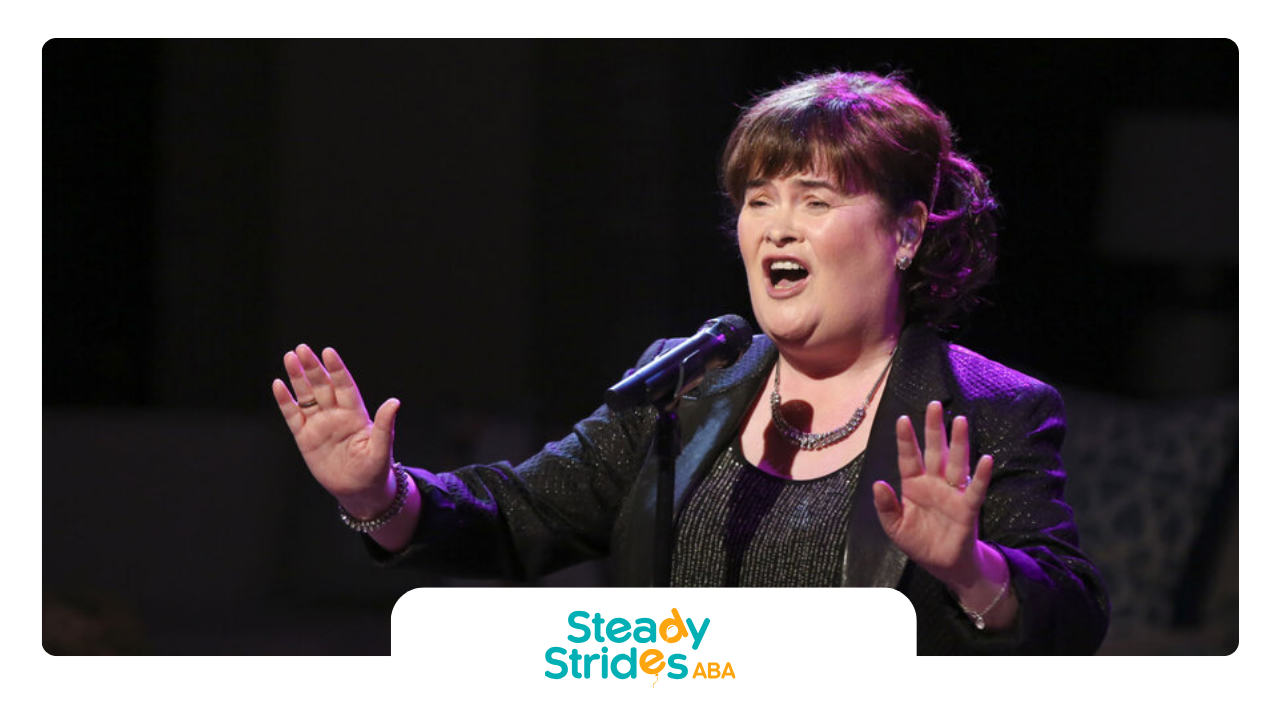Understanding Autism Spectrum
Autism Spectrum Disorder, or ASD as it's often known, is a unique neurodevelopmental condition that's a bit like a snowflake—no two experiences are exactly alike. Getting a handle on what it entails helps us create spaces where folks on the spectrum feel seen and supported.
Characteristics of Autism Spectrum
ASD shows up in different ways for different people. There are common themes, like having a hard time with social chatter or sticking to specific habits and interests. Here's what might pop up if you're interacting with someone on the spectrum:
Social Communication and Interaction:
- Trouble picking up on social signals
- Hard time keeping pals around
- Rarely making eye contact
- Words might not come easily or quickly
Restricted and Repetitive Behaviors:
- Doing things like hand-flapping
- Wanting things to always be the same
- Having intense interests
- Being super-sensitive to sounds, textures, or lights
| What We See | What They Do |
|---|---|
| Social Cues | Limited eye contact, long pauses before speaking |
| Repeated Patterns | Habitual actions, craving consistency |
For a deeper dive, folks can peek at our autism self-advocacy resources to learn more.
Related Conditions in Autism
ASD is like a big umbrella with a few unique types of rain. They're all part of the spectrum, showing us just how varied experiences can be:
- Autism: This covers much territory with any of the traits listed above making an appearance.
- Asperger's Syndrome: Usually less intense, language comes easier, but making friends can still be a battle.
- Childhood Disintegrative Disorder: Not very common, but when it shows up, skills in talking and playing might fade after a period of normal growth.
- Pervasive Developmental Disorder-Not Otherwise Specified (PDD-NOS): When someone doesn't tick all boxes for autism or Asperger's, but social and talking stuff is tricky.
| Condition | What It Looks Like |
|---|---|
| Autism | Social struggles, talking issues |
| Asperger's Syndrome | Language usually fine, hard-to-have friends |
| Childhood Disintegrative Disorder | Skills lost after being gained |
| PDD-NOS | Hard time in social and communication arenas |
These differing shades of ASD remind us why support should fit the person, not the label.
Good education and understanding these conditions help give strength to those with ASD. Check out places like neurodiverse community support or swing by the neurodivergent pride movement to see how community plays a part in a more welcoming world.
Diagnosis and Early Intervention
Early Signs of Autism
Catching those hints of autism early on can make a world of difference. We're talking about things like how a child chats, plays, and hangs out with others. According to the Mayo Clinic, most kids show signs before they blow out the candles on their second birthday. Here's the scoop on what to be on the lookout for:
- Few hand signals like pointing or waving goodbye.
- Late talkers or those who skip the talking gig altogether.
- Avoids eye contact and isn't flashing those charming baby smiles.
- Not too keen on playing with others.
- Repeats actions like hand flapping or rocking back and forth.
Diagnostic Process for ASD
Getting an autism diagnosis isn't as simple as a blood test or a brain scan. It’s about watching how someone communicates and acts. Docs from various fields—like pediatricians, brain specialists, and psychologists—team up for this.
| Screening Age | What's Recommended |
|---|---|
| 9 months | First check-up |
| 18 months | Second round check-up |
| 24 or 30 months | Look further if necessary |
At routine doctor visits, docs use screening tools and checklists to see how kids are growing. If there's something fishy, they'll move onto more thorough checks involving behavior tests and chats with the family.
Importance of Early Intervention
Spotting autism early can lead to a brighter future for children on the spectrum. The CDC advises screening kids thrice before they hit three—at nine, eighteen, and either twenty-four or thirty months. As soon as there's a hint of autism, jump into action even if there's no formal diagnosis yet.
These early fix-it programs help kids learn how to make friends, get through school, and handle day-to-day stuff. A solid plan includes:
- Behavior Therapy
- Lessons for functioning and speaking
- A focus on good eating habits
NIMH highlights connecting kids with the right services pronto.
Treatments and Therapies
Behavior Therapy for ASD
Behavior therapy is a biggie for Autism Spectrum Disorder (ASD), aiming to nudge good behaviors while dialing down the not-so-good ones. You might've heard of
Applied Behavior Analysis (ABA) – it's all about teaching kids the actions-and-consequences game. ABA's got you covered, from learning to chat to making friends.
| Benefit | Description |
|---|---|
| Skill Building | Boosts communication and self-care like a pro |
| Behavioral Reduction | Cuts down on the tantrums, ups the good vibes |
| Customizable | Fits the child's unique quirks and strengths |
If you're curious about how behavior therapy can turbocharge life for those with ASD, check out autism empowerment resources.
Speech and Occupational Therapy
Speech and occupational therapies – superheroes for kiddos with ASD. Speech therapy tackles the chatter, helping folks say words right, read the room, and nail social chit-chat. Meanwhile, occupational therapy is all about tackling sensory bumps, motor moves, and those pesky daily tasks.
| Therapy | Focus Areas |
|---|---|
| Speech Therapy | Gets words flowing and smooths social scenes |
| Occupational Therapy | Fine-tunes motor skills and sensory integration |
Many people with ASD see the world a bit differently, reacting in their own ways to noises, sights, and feels. Things like high-pitched sounds or itchy clothes can be a no-go. Teaming up with an occupational therapist can arm you with tricks for sensory vibes.
Nutritional Therapies for Autism
Nutritional therapies are catching some buzz as extras in the ASD toolbox. Good food mojo can tweak behavior, mood, and the whole vibe. Although there's no magic menu for ASD, some dietary swaps can soothe symptoms. For instance, a gluten-free or casein-free diet might do the trick.
| Dietary Adjustment | Potential Impact |
|---|---|
| Gluten-Free Diet | Might ease tummy troubles and mellow out moods |
| Casein-Free Diet | Ditto on the benefits front as gluten-free |
| Balanced Nutrition | Boosts both mind and body harmony |
Before switching up the grocery list, have a chat with healthcare whizzes.
Support and Resources
Figuring out autism spectrum disorder (ASD) isn't just about knowing the quirks and hurdles; it's about diving into the treasure trove of support and help out there. With the right stuff, folks with autism can find some smoother sailing.
Services and Supports for ASD
Experts are way more clued-up about Autism now than they were back in the day. Having the proper services can make a world of difference for those with autism, especially if they get a head start when they're young. There's a smorgasbord of options to fit all sorts of needs along the spectrum.
- Behavioral Therapy: Think of this like getting a grip on good habits while ditching the bad ones.
- Speech Therapy: Whether it's yakking or not, this helps folks say what they mean.
- Occupational Therapy: Helps folks get the hang of everyday stuff.
- Social Skills Training: Helps people get along and make buddies.
Families oughta check out what's out there and figure out what rocks for their kiddo and crew based on what works and what's available.
| Service Type | Focus Area | Example Techniques |
|---|---|---|
| Behavioral Therapy | Positive behavior reinforcement | ABA, Discrete Trial Training |
| Speech Therapy | Communication skills | Speech exercises, Picture Exchange Communication System (PECS) |
| Occupational Therapy | Daily living skills | Sensory integration, Adaptive methods |
| Social Skills Training | Social interactions | Group activities, Role-playing |
Educational Interventions
School's a big deal when talking about kids with ASD. Special touches in teaching hit the spot when they zero in on each kid's groove. These efforts aim to tackle learning stuff and support school success.
- Individualized Education Programs (IEPs): Custom-made learning plans built around the student’s one-of-a-kind needs.
- Special Education Services: Mixing it up with other kids in classrooms when it suits, with a little extra help on hand.
- Behavioral Classroom Management: Ways to keep things chill and learning-friendly.
- Assistive Technology: Gadgets that light a fire under learning, including devices and software.
Nonmedical efforts cast a wide net, using behavior reinforcement ideas to tackle issues and step up day-to-day life.
TARGET Guide by Texas Statewide Leadership
Texas's autism educators offer a handy guide called TARGET. This resource lays out evidence-backed practices and puts a spotlight on customizing interventions for each individual's needs. They keep tabs on data to see what's working for each student.
The TARGET Guide features:
- Evidence-Based Interventions: Sharing what truly does the trick.
- Data-Driven Approaches: Touting the importance of regular checkups and tweaking based on what’s measured.
- Personalization of Interventions: Strategies tailored to strengths and unique stuff.
By giving families, school folks, and pros the lowdown and handy tools, the TARGET Guide stands out as a must-have for boosting growth and happiness for those on the autism spectrum.
Research and Progress
Ongoing research is key for getting a grip on autism spectrum disorders. This section checks out some big ideas and findings that are making waves in how we look at autism and help those affected by it.
NIMH's Autism Initiatives
The National Institute of Mental Health (NIMH) is leading the charge in autism research. They're all about figuring out the different symptoms folks with ASD deal with. From spotting biological and behavioral traits to finding effective treatments, they're on it.
| Area of Research | Focus |
|---|---|
| Symptom Understanding | Spotting the full range of symptoms, biological and behavioral traits |
| Early Screening | Making screening better so kids can get the right help quick |
| Lifespan Support | Backing up folks with autism from childhood to adulthood, even those with other mental health issues |
Digging into these areas isn't just about early intervention; it's about keeping support going throughout a person's life.
Autism Centers of Excellence
The Autism Centers of Excellence (ACE) Program, backed by NIMH, is a major player in this space. This big, team-based program is all about diving into autism spectrum disorder. They're mixing experts from all over to push for new and better ways to understand and treat autism.
Key parts of ACE programs are:
- In-depth behavioral and biological studies
- Coming up with fresh therapies and interventions
- Team-focused research settings
Genetics and Risk Factors in Autism
Genes have a big say in autism spectrum disorder. Specific genetic setups like
Fragile X Syndrome and Tuberous Sclerosis ramp up the chances of autism. Together, these and other rare genetic causes cover over 30% of autism cases.
| Genetic Condition | Increased Risk for Autism |
|---|---|
| Fragile X Syndrome | High |
| Tuberous Sclerosis | High |
| Other Rare Genetic Causes | Over 30% with the above |
Knowing these genetic pieces of the puzzle is super important for early spotting and making unique treatment plans.
Putting money and effort into research in these areas sets the stage for better support and a quality life for folks with ASD. You can learn more about community backing by visiting our sections on neurodiverse community support and neurodivergent pride movement.
Myths and Realities of Autism
Learning about the autism spectrum gets sidetracked by myths and confusion, making it tough to really grasp what life with autism is all about. We're gonna set the record straight about those myths, take a look at what science says about treatments, and figure out how to help folks with Autism Spectrum Disorder (ASD) shine.
Misconceptions about Autism
There's a lot of false stuff floating around about autism, which doesn't help anyone. One big myth is that people with autism can't get what's going on around them or interact in a meaningful way. Believe it or not,
folks with autism sometimes pick up on things the rest of us might miss. This way of seeing the world can lead to some pretty nifty talents and perspectives.
Some folks mistakenly think autism means a person can't care about others. Not true. Many people with autism feel deeply and understand others in ways that aren't obvious to neurotypical folks.
Scientific Evidence on Treatments
Okay, no miracle cure for autism's been found yet, but there are treatments that help tackle the challenges. We're talking about behavior therapy, speech therapy, occupational therapy, and even looking into diet tweaks. Getting in there early with the right kind of help can make a huge difference for someone with autism.
| Treatment Type | Description |
|---|---|
| Behavior Therapy | Zeros in on good behaviors, cuts down on the not-so-good ones to boost communication and social smarts. |
| Speech-Language Therapy | Works on helping folks express themselves better, whether they're using words or not, which is key for hanging out with others. |
| Occupational Therapy | Focuses on everyday skills and fine motor control, making life a bit easier and more independent. |
| Nutritional Therapy | Checks out what you eat and supplements to see if tweaking things can help with any wonky behaviors or overall feeling good. |
Everyone's different, so treatments need to match what that person is dealing with. With the right help, people can use their unique talents and tackle whatever hurdles come their way.
Promoting Full Potential in ASD
Each person with autism has their own set of skills and abilities. With the right support, they can do amazing things in all parts of life. Programs and services are out there to help folks improve social skills, learning, and dealing with day-to-day stuff.
Some solid ways to help people with ASD include:
- Linking up with autism empowerment resources.
- Getting involved in the neurodivergent pride movement.
- Finding your people through neurodiverse community support.
When we celebrate differences and focus on what someone can do, families, teachers, and professionals can really help those with autism grow and succeed. It's all about helping them reach their fullest potential.
SOURCES:
https://www.cdc.gov/autism/signs-symptoms/index.html
https://www.mayoclinic.org/diseases-conditions/autism-spectrum-disorder/symptoms-causes/syc-20352928
https://www.nimh.nih.gov/health/topics/autism-spectrum-disorders-asd
https://autismsociety.org/screening-diagnosis/
https://www.helpguide.org/mental-health/autism/autism-treatments-therapies-interventions
https://www.psychiatry.org/patients-families/autism/what-is-autism-spectrum-disorder
https://www.autistica.org.uk/what-is-autism/autism-myths-and-causes












